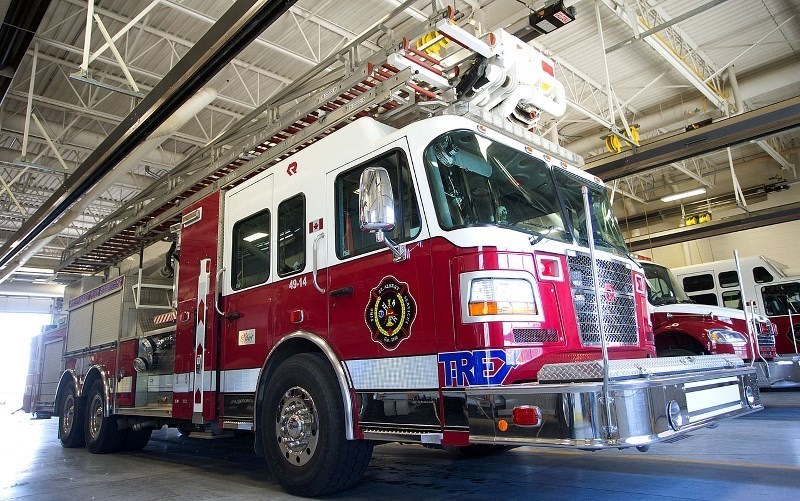St. Albert's fire department is one of 200 or so municipal agencies to receive provincial grant funding to assist with purchasing new training equipment, and to offset operating costs.
Local firefighters do more than fight fires, as they are also trained as advanced care paramedics. Crew members have rotating shifts where they work as firefighters or paramedics, but the fire department is always available to respond to medical calls. This system is called an integrated fire services system, and St. Albert isn't unique in having one. Many other Alberta municipalities, such as Spruce Grove and Medicine Hat, operate the same way.
On Feb. 21, Alberta Health Minister Adriana LaGrange announced the province was doling out about $3.85 million to agencies throughout the province to purchase medical training equipment and to offset department operating costs.
Health press secretary Andrea Smith said of the $3.85 million, St. Albert is receiving just shy of $70,000 this year, about $47,000 of which is to offset the city's cost of delivering the integrated service.
“For the 2023 year, the City of St. Albert's fire service responded to 2,685 medical first response calls,” fire chief and city director of emergency services Everett Cooke said. “That is an increase of 53 per cent from 2022.”
“The money being allocated to the City of St. Albert will help offset the costs of the delivery of our medical first response program to our residents.”
Cooke noted that on a per-call basis, using the 2023 figure of 2,685 calls, the provincial funding works out to be about $17 per call or about $60 per hour of service.
Besides the $47,000 designated for offsetting program costs, St. Albert's fire department is receiving about $21,000 to purchase medical training and operating equipment. Smith said in an email the equipment includes an automated external defibrillator, training mannequins, a new airway management training simulator, and a LUCAS chest compression system.
“The City of St. Albert ... has 86 registered paramedics on staff," Cooke said. "Those paramedics need to maintain high levels of training and re-certification often annually to deliver the services to our residents.”
Cooke said a LUCAS chest compression system is a mechanical chest compression device that can be used on patients suffering from cardiac or respiratory arrest, which once set up, doesn't require a first responder to use it.
“That device then frees up one of our paramedics from having to deliver those compressions so they can focus on delivering other life saving measures to that patient,” he said, adding the St. Albert department got a few LUCAS devices late last year and members recently finished their training to use the devices.
A government release about the funding announcement on Feb. 21 explains that the need for funding to offset costs across the province was identified in response to increased call volumes, population growth, and the growing cost of equipment.
“Investing in these agencies will help to make sure they have the tools and training they need to provide timely and life-saving emergency care when and where it's needed,” LaGrange said in a news release.
“Their swift intervention can mean the difference between life and death while waiting for EMS services.”




